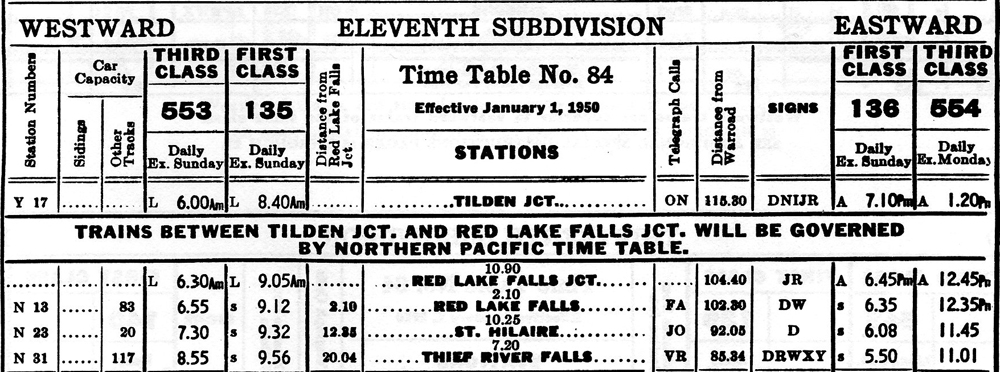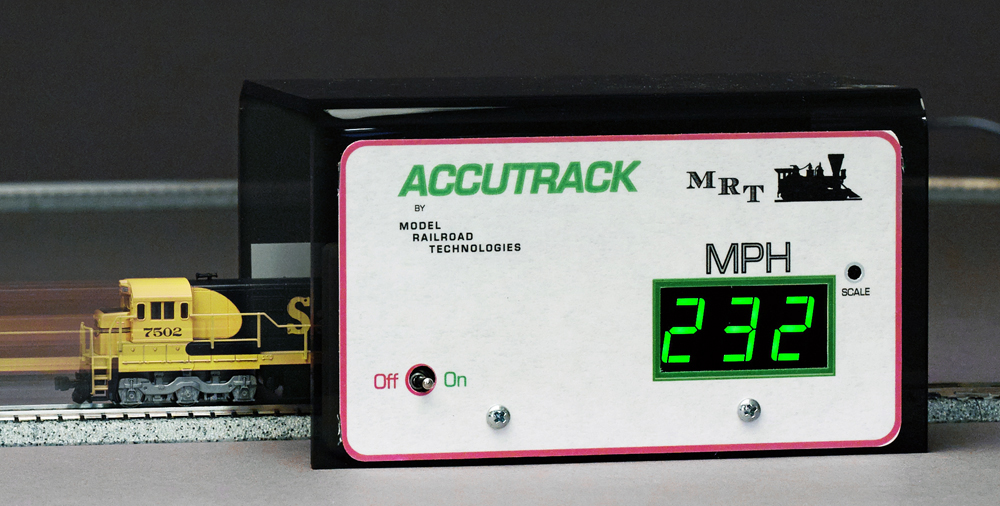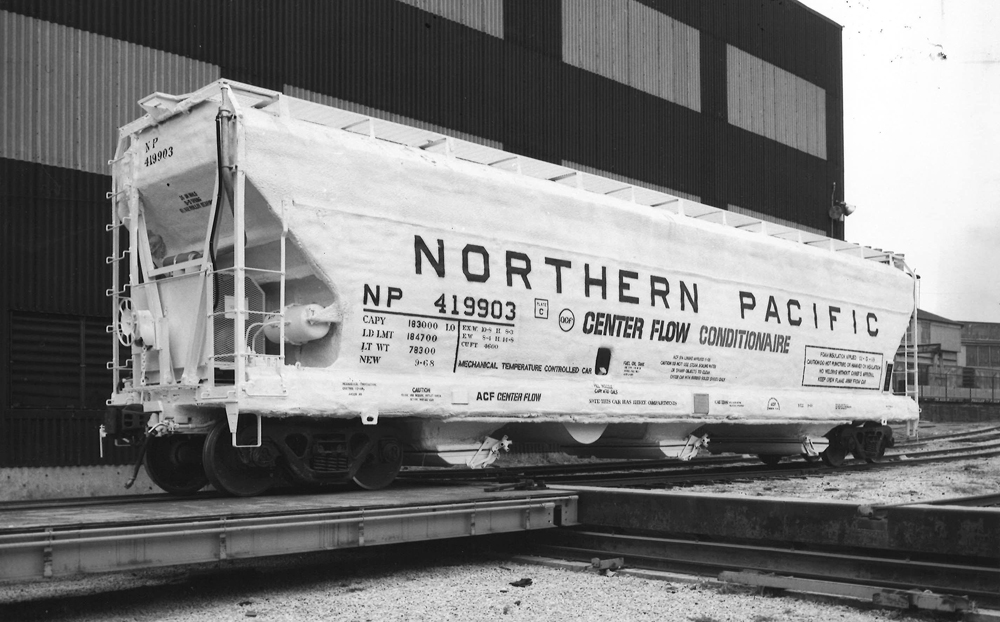
Today, home insulation is probably the first thing that comes to mind when you hear people talk about spray-on foam. But in the 1960s and ’70s, railroads wanted to see if the material’s insulating properties could be leveraged on rolling stock. Would foam-coated freight cars change the way perishable materials were transported by rail? Might the insulation keep material from freezing in open hoppers? While the results were mixed, foam-coated freight cars added visual interest to freight trains.
American Car & Foundry Conditionaire
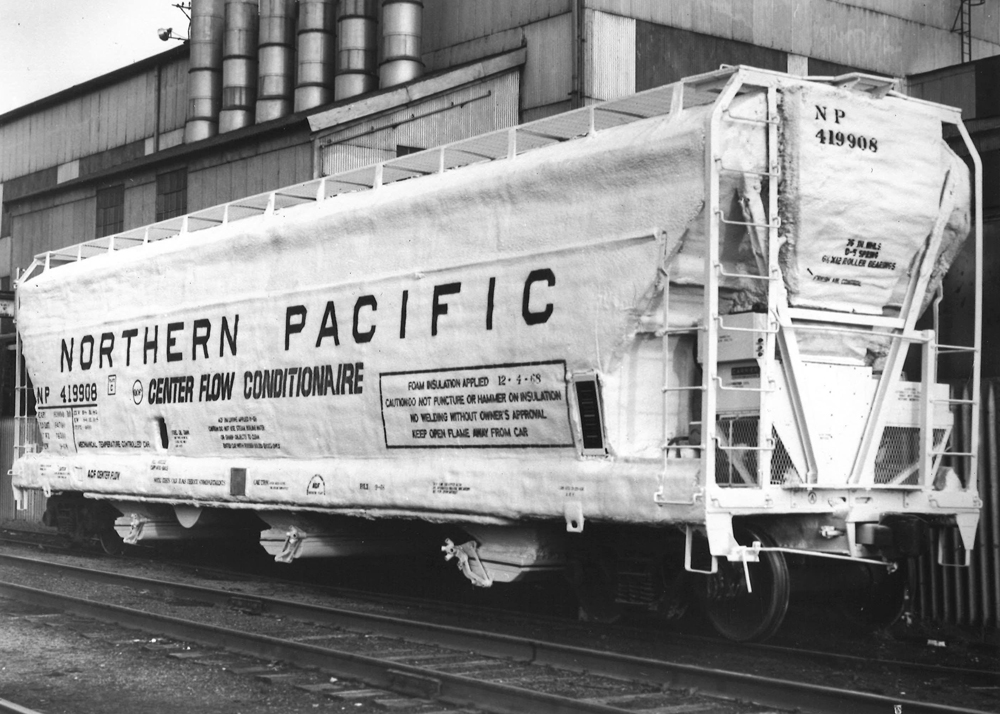
The American Car & Foundry (ACF) 4,600-cubic-foot capacity three-bay Center Flow covered hopper was a popular freight of the early jumbo covered hopper era. When ACF added a diesel-powered reefer unit and spray-on urethane insulation to the car, the Conditionaire was born.
American Car & Foundry unveiled the Conditionaire in 1968. The covered hopper was designed for transporting bulk perishable products. An advertisement for the Conditionaire published in the 1974 Car and Locomotive Cyclopedia of American Practice (Simmons-Boardman Publishing Corp.) explained how the car worked. “When Conditionaire is in operation, air is drawn off the top of the load and passed through a cooling/heating section at the end of the car, where it is brought to a pre-set temperature. The conditioned air is forced through the car’s side sills into the bottom of each compartment and then uniformly upward through the lading. This precise, self-contained temperature control system maintains product quality even over long distances.”
Northern Pacific and Atchison, Topeka & Santa Fe were the only two railroads to buy the refrigerated covered hoppers. The NP purchased 50 cars, numbered 419910 through 419960, in 1969. It also acquired the original 10 ACF-owned cars, numbered 419900 through 419909. Northern Pacific used the cars to transport potatoes.
On March 2, 1970, the NP Conditionaire covered hoppers became part of the newly created Burlington Northern freight car fleet. Under BN ownership, the covered hoppers were renumbered 453010 through 453060. The railroad would later remove the refrigeration equipment and install new outlet gates on the covered hoppers. The cars were reassigned to the 454861 through 454910 series and used in grain service. Eventually, the insulation was removed and the cars were repainted.
Some of the NP Conditionaire cars survived into the BNSF Ry. era, becoming part of the railroad’s 424136 through 424152 series. The cars were easy to identify because the openings for the fueling ports were not plated over.
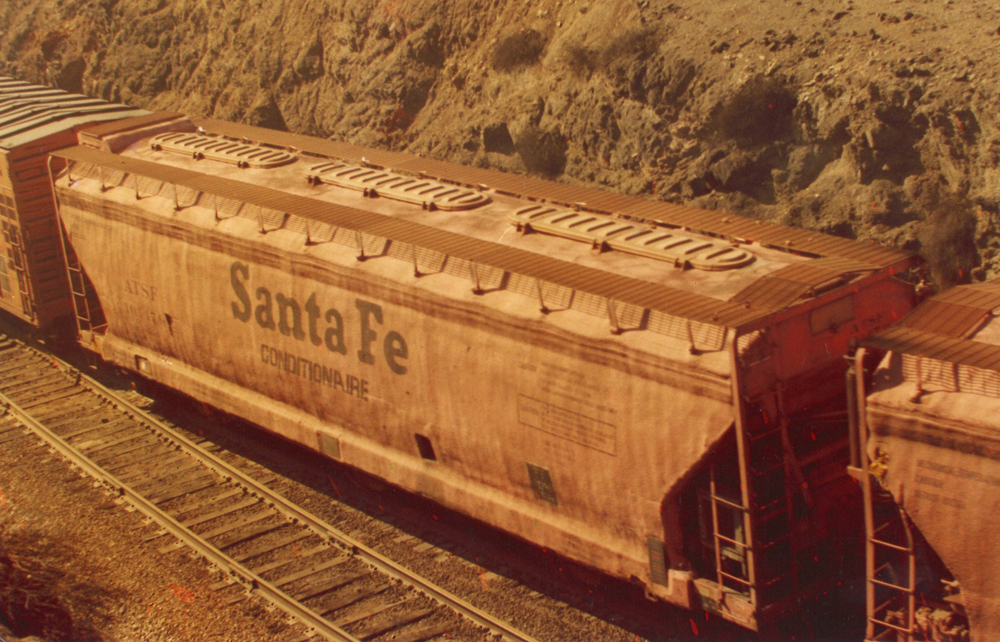
Atchison, Topeka & Santa Fe had 100 Conditionaire covered hoppers. The cars, built under lot 11-01272 in April and May 1972, were assigned to the railroad’s GA-178 class and were numbered 101400 through 101499. The cars had a 475-gallon fuel tank, Carrier 66FB70-1074 refrigeration unit (A end), and Detroit Diesel generator (B end). Santa Fe also used its refrigerated covered hoppers to haul potatoes, as well as carrots, onions, oranges, and other citrus fruits.
After nine years of service and mixed reviews, Santa Fe cycled the Conditionaire cars through its Cleburne Shops southwest of Dallas. The equipment related to the refrigeration system was removed, as was the insulation. The Center Flow covered hoppers retained their original numbers but were repainted Mineral Brown and rebuilt with parts like those found on the railroad’s covered hoppers used in grain service. The openings for the fueling ports were plated over during the rebuild.
Modeling the Conditionaire
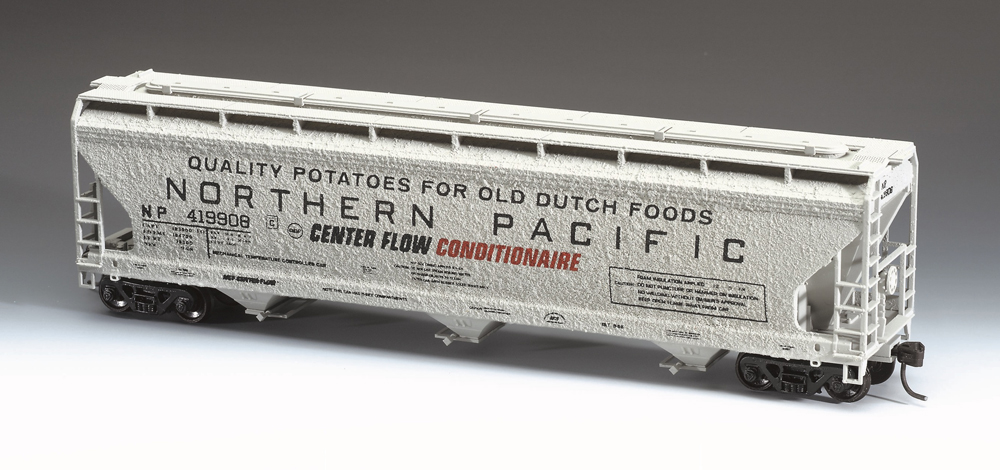
Digital Fox, the custom decorating arm of Accurail, offered HO scale Conditionaire covered hoppers decorated for Northern Pacific, Burlington Northern, and Santa Fe in the early 2000s. The cars lacked the diesel engine, refrigeration unit, and outlet gates found on the prototype cars. Texture paint was used to simulate the spray-on foam found on the full-size cars.
Bachmann produced its four-bay Center Flow covered hopper with Conditionaire lettering in N (ACF demonstrator) and HO (Atchison, Topeka & Santa Fe). The stand-in cars lacked textured sides and equipment related to the refrigeration system. The outlet gates were also incorrect.
In the October 1988 issue of Model Railroader, Burr Henion wrote “Modeling Santa Fe’s Conditionaire covered hoppers.” He used Athearn’s HO scale Center Flow kit as the starting point for his project. The six-page feature included many illustrations showing how to model details such as the outlet gates, refrigeration equipment, exhaust system, and return air duct.
Pennsylvania RR’s foam-coated freight cars
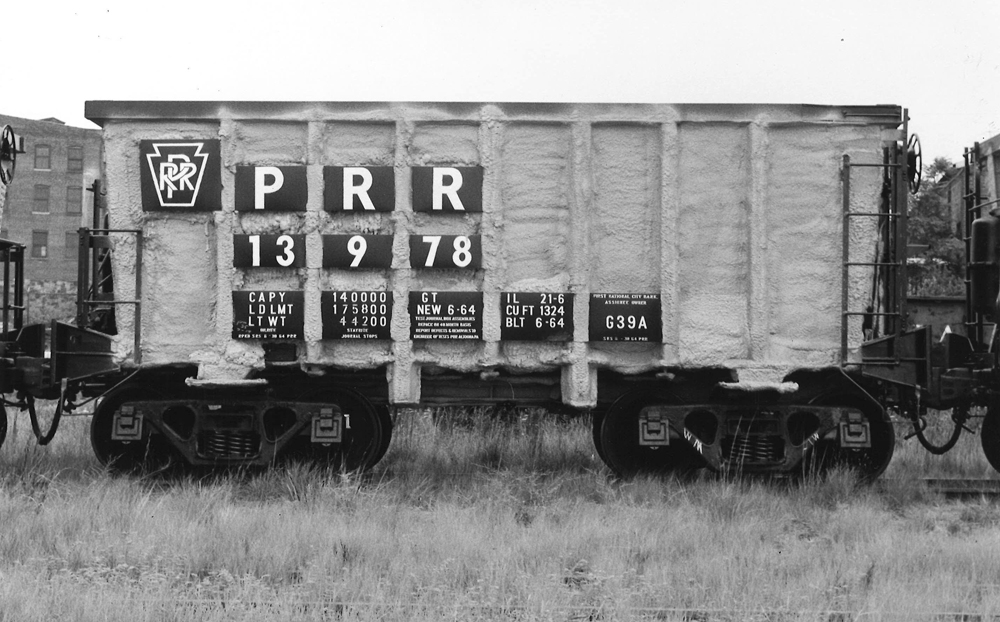
Pennsylvania RR experimented with spray-on urethane foam on some of its rolling stock to prevent ore and coal from freezing in transit. Between 1962 and 1965, class H39A three-bay hopper No. 277299, a class G39 ore hopper, two class H43 three-bay hoppers, and more than 110 class G39A ore hoppers were coated with foam.
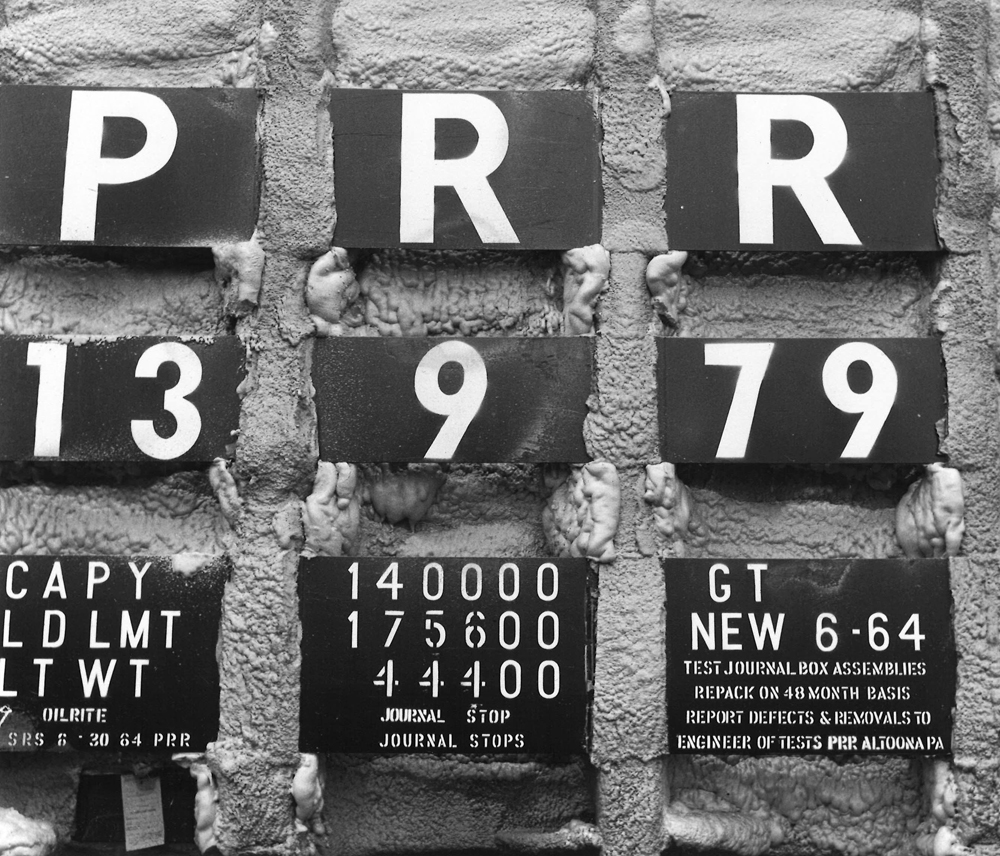
As you can see in the photo above, the spray-on foam wasn’t an ideal surface for applying data. To remedy that, Pennsylvania RR applied metal placards to its foam-coated cars so the reporting mark, road number, and various capacity and dimensional data could be easily read by railroad employees.
Though the foam proved somewhat successful in preventing loads from freezing, the insulation was prone to cracking and peeling, leading PRR official to discontinue the program.
Modeling PRR foam-coated freight cars
I was unable to find commercial models of foam-coated PRR freight cars. However, Bowser offers HO scale models that would be great starting points for such a project, including the G39 and G39A ore hoppers; 70-ton, 12-panel hopper (H39A); and 100-ton hopper (similar to the class H43 car).






